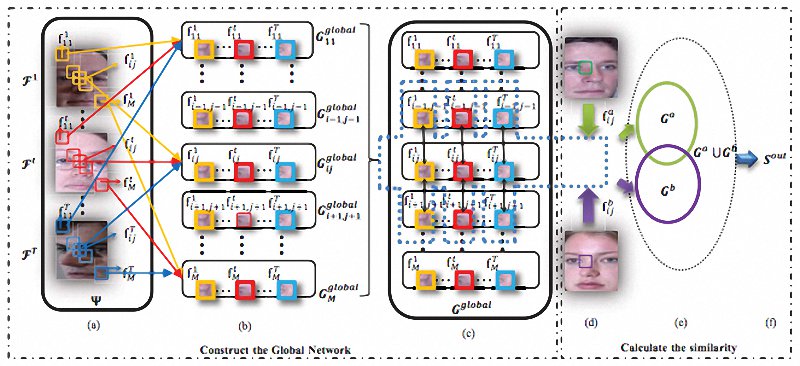The Office of Naval Research will award $7.5 million in grant money over five years to university researchers from Tufts, Rensselaer Polytechnic Institute, Brown, Yale and Georgetown to explore how to build a sense of right and wrong and moral consequence into autonomous robotic systems.
“Even though today’s unmanned systems are ‘dumb’ in comparison to a human counterpart, strides are being made quickly to incorporate more automation at a faster pace than we’ve seen before,” Paul Bello, director of the cognitive science program at the Office of Naval Research told Defense One. “For example, Google’s self-driving cars are legal and in-use in several states at this point. As researchers, we are playing catch-up trying to figure out the ethical and legal implications. We do not want to be caught similarly flat-footed in any kind of military domain where lives are at stake.”
“Even if such systems aren’t armed, they may still be forced to make moral decisions,” Bello said. For instance, in a disaster scenario, a robot may be forced to make a choice about whom to evacuate or treat first, a situation where a bot might use some sense of ethical or moral reasoning. “While the kinds of systems we envision have much broader use in first-response, search-and-rescue and in the medical domain, we can’t take the idea of in-theater robots completely off the table,” Bello said.
Some members of the artificial intelligence, or AI, research and machine ethics communities were quick to applaud the grant. “With drones, missile defines, autonomous vehicles, etc., the military is rapidly creating systems that will need to make moral decisions,” AI researcher Steven Omohundrotold Defense One. “Human lives and property rest on the outcomes of these decisions and so it is critical that they be made carefully and with full knowledge of the capabilities and limitations of the systems involved. The military has always had to define ‘the rules of war’ and this technology is likely to increase the stakes for that.”
Ref: Now The Military Is Going To Build Robots That Have Morals – DefenseOne
